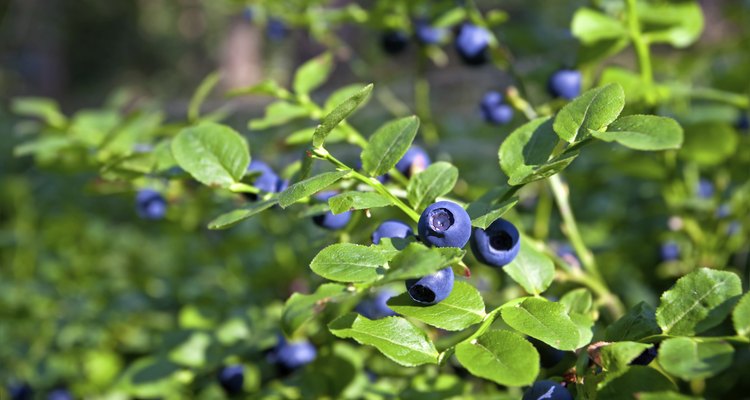
catolla/iStock/Getty Images
One kind of blueberry or another are ripe for picking from late spring to mid summer throughout the meadows and forests of western and eastern Washington. The berries grow most profusely on sunny, south-facing slopes, but you'll also find some bushes in shady spots. While you're on the trail, eat them out-of-hand or toss them into your morning granola or evening freeze-dried meal.
Washington Blueberry Varieties
Cascades blueberries grow on about 90 percent of Washington's subalpine slopes and meadows above 2,000 feet in elevation according to Daniel Mathews, author of "Cascade-Olympic Natural History." These bright, blueberries are large, intensely flavored and well deserve their Latin name Vaccinium deliciosum."
Black huckleberries (Vaccinium membranaceum), with dark black to dark-red berries, grow mostly southwest of Mt. Adams in burned areas and clearings. Oval-leaved huckleberries (Vaccinium ovalifolium) grow from sea level to higher elevations and have small berries that aren't as tasty as the other two varieties.
Identifying Blueberries
All blueberry varieties are edible and look very much alike, with Cascade blueberries having a larger and more rounded leaf shape than either black huckleberries or oval-leaved huckleberries, whose leaves are somewhat oval shaped. Another Washington native shrub, salal (Gaultheria shallon) also has blue, edible berries, but the berries have a thicker skin and larger seeds. The plant itself has broad, rounded leaves and a more upright growth habit than more shrubby blueberries and huckleberries.
Hike Suggestions
In Olympic National Park, you'll find a large cascades blueberry meadow at the Upper Sol Duc Bridge campsite on the High Divide Trail -- the meadow is filled with ripe blueberries in late July and August. In the North Cascades, look for berries on the Park Butte/Schriebers Meadow Trail in late summer, and in eastern Washington at Mount Spokane State Park, you'll find huckleberries on almost every trail.
Warnings About Picking Blueberries
Berry-stained hands and fingers may be a worry when picking blueberries, but the taste of the berries make up for that hazard. A more serious concern is surprising a bear that also can't resist the berries. Pick in an open meadow, so you can spot any bear that happens to stroll by, and stay alert to avoid any unpleasant encounters.
Related Articles

How to Marinate Strawberries

How to Eat a Kiwano Horned Melon
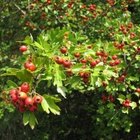
How to Pick Hawthorne Berries

Types of Greek Fruits & Vegetables
When Is Grapefruit Season in Florida?
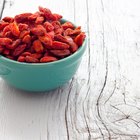
Goji Vs. Blueberries
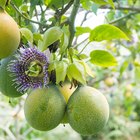
How to Eat a Maypop When Ripe
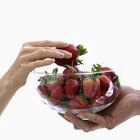
Information About Strawberries for Kids
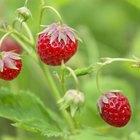
What Causes Strawberries to Mold?

List of Wild Edible Plants & Berries in ...

What Flowers Are in Season in November?

Types of Quince Trees

What Makes Strawberries Taste Sour?

Are Buckeyes & Chestnuts the Same?

How to Boil Down Strawberries
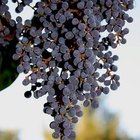
How to Make Elderberry Jam
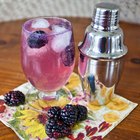
How to Make Blackberry Brandy

Can You Eat the Green Stem of a ...
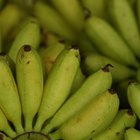
List of Tropical Fruits
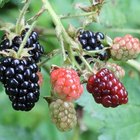
How to Ripen Blackberries
References
Writer Bio
Susan Lundman began writing about her passions of cooking, gardening, entertaining and recreation after working for a nonprofit agency, writing grants and researching child development issues. She has written professionally for six years since then. Lundman received her M.A. from Stanford University.
Photo Credits
catolla/iStock/Getty Images